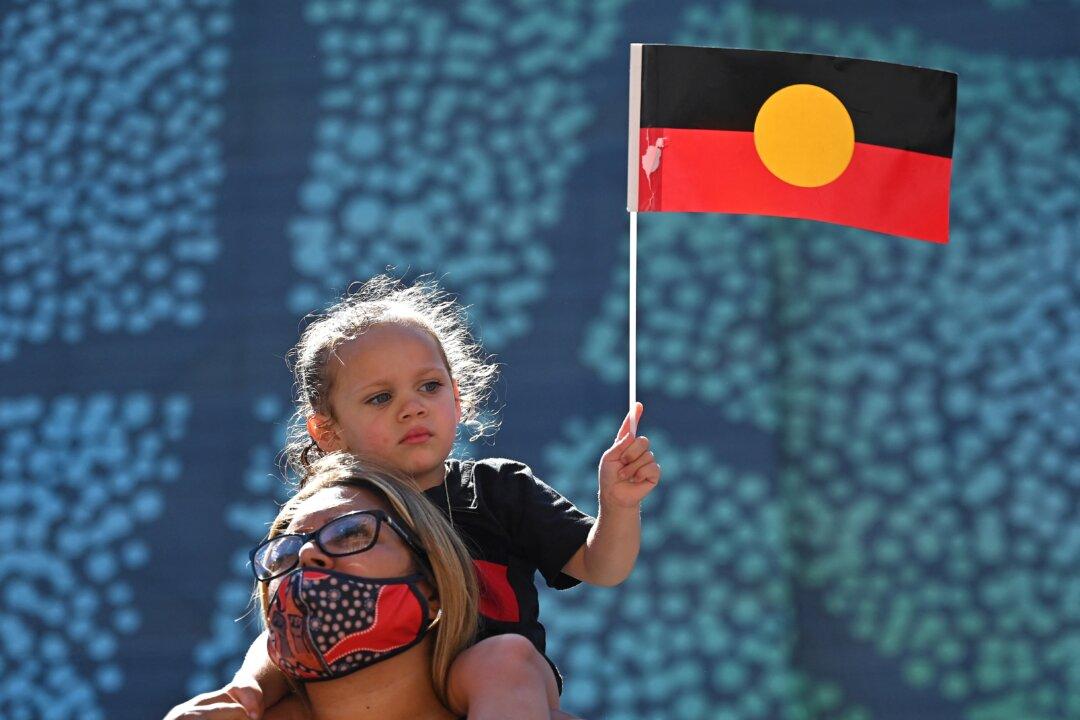Australia needs more solid accountability mechanisms to address governments’ lack of action in eliminating inequalities among the Indigenous communities.
This is the conclusion from a draft report (pdf) on the progress of the National Agreement on Closing the Gap by the Productivity Commission.





